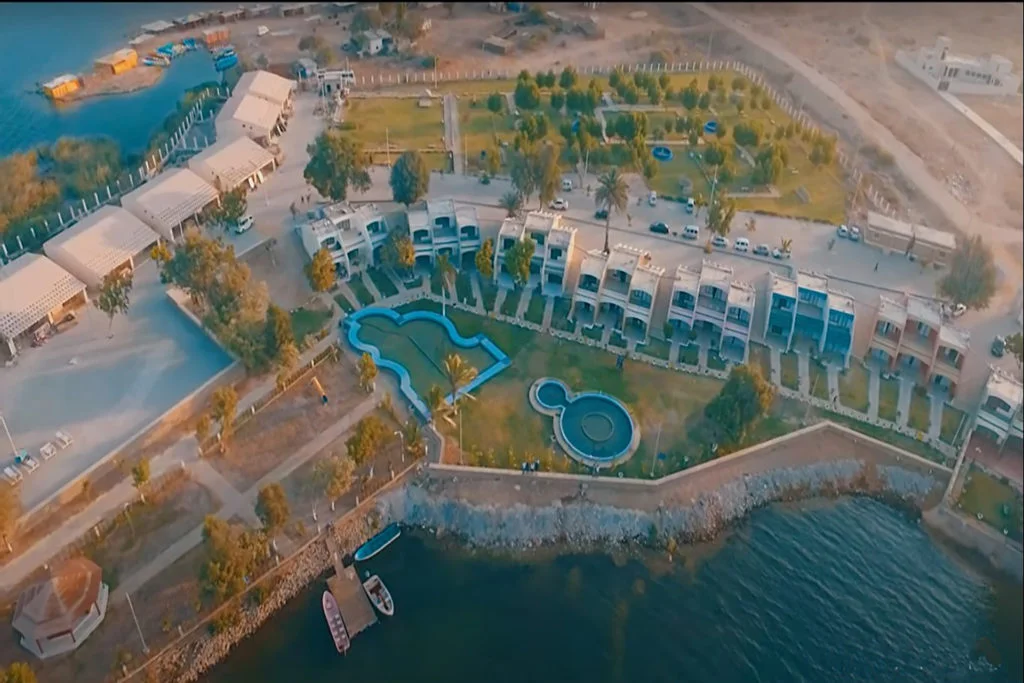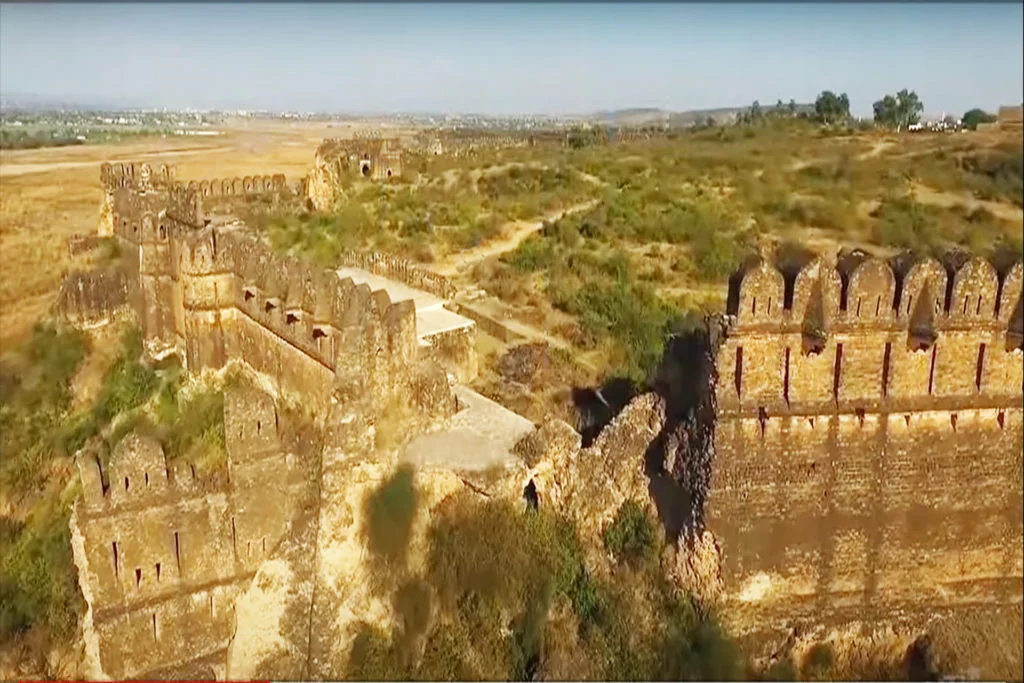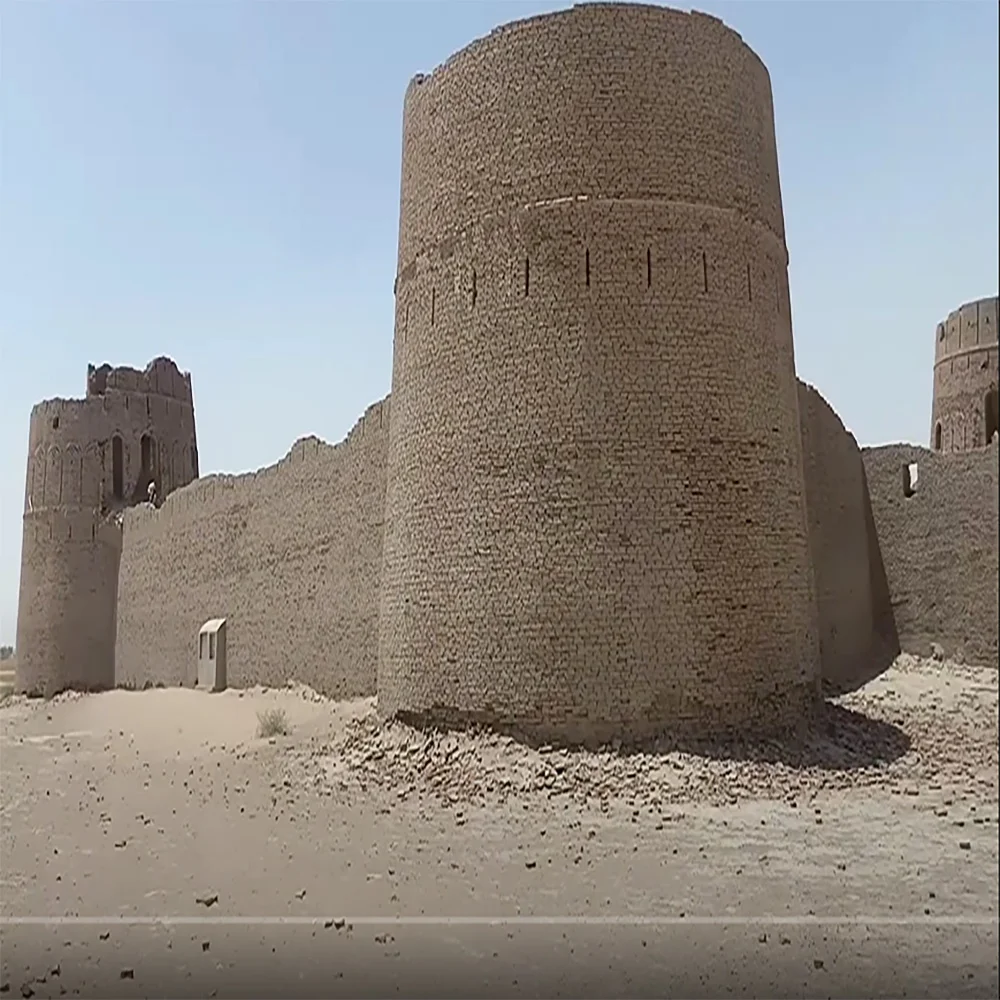The Strait of Gibraltar, a narrow passage that separates Europe from Africa, serves as a natural gateway between the Mediterranean Sea and the Atlantic Ocean. This iconic waterway, flanked by the Rock of Gibraltar on one side and the shores of Morocco on the other, is a vital link between continents and a crossroads of maritime history, trade, and cultural exchange. In this article, we embark on a journey to explore the captivating allure and historical significance of the Strait of Gibraltar.
A Bridge Between Continents:
The Strait of Gibraltar holds the distinction of being one of the few places on Earth where two continents, Europe and Africa, are separated by a mere 14 kilometers (8.7 miles) at its narrowest point. This geographical feature has made it a focal point for human migration, cultural diffusion, and strategic importance throughout history.
Historical Significance:
The strait’s strategic location has made it a focal point for ancient civilizations, each leaving their mark on its shores. The Phoenicians, Carthaginians, Romans, and Moors all recognized the importance of the strait for trade, military dominance, and cultural exchange. It served as a maritime highway for the movement of goods, ideas, and people between the Mediterranean and beyond.
Pillars of Hercules:
The term “Pillars of Hercules” refers to the ancient Greek and Roman designation for the two promontories that mark the entrance to the Strait of Gibraltar. These pillars, one on the European side (Rock of Gibraltar) and one on the African side (Mount Abyla), were considered the boundaries of the known world and were symbolic of exploration and adventure.
Navigational Challenge:
The Strait of Gibraltar’s unique geography presents a challenging maritime environment due to its strong currents, variable winds, and frequent fog. Navigating this passage has been a test of seafaring skill for centuries, and it remains a demanding route for ships entering or exiting the Mediterranean.
Gateway of Legends:
The strait is steeped in myth and legend. It is believed to be the location of the fabled Pillars of Hercules, which Hercules himself is said to have created as part of his twelve labors. The strait also features prominently in the story of the lost city of Atlantis, as described by the philosopher Plato.
Maritime Commerce and Security:
The Strait of Gibraltar’s maritime importance extends to the modern era. It serves as a vital shipping lane for goods traveling between Europe, Africa, and the Americas. Additionally, the strait’s strategic location has made it a key area of interest for naval operations, border control, and security.
Cultural Fusion and Exchange:
The strait’s history of cultural interactions has resulted in a rich tapestry of traditions, languages, and influences. From the Moorish architecture of Andalusia to the vibrant markets of Morocco, the strait’s shores continue to showcase the fusion of cultures that have flourished along its coasts.
The Strait of Gibraltar is more than a mere passage of water; it is a symbol of human ingenuity, exploration, and the interplay between geography and civilization. As vessels navigate its challenging waters and travelers glimpse the continents it unites, the strait’s legacy lives on as a testament to the enduring connections forged by the ebb and flow of history.






